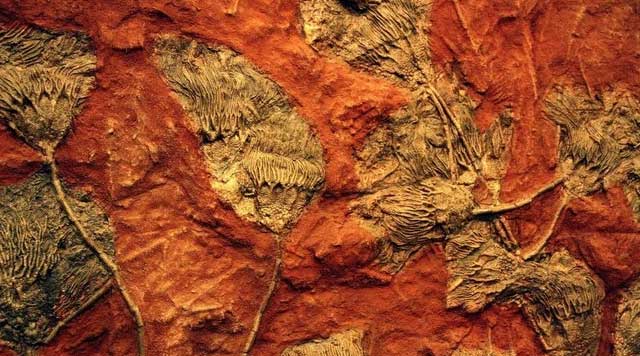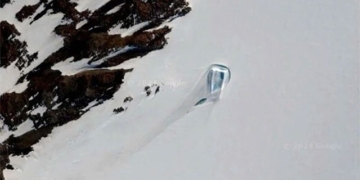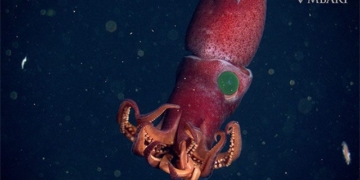Scientists have discovered that flowering plant species were largely unscathed by the mass extinction event at the Cretaceous-Paleogene (K-Pg) boundary 66 million years ago.
A recent study reveals that a massive asteroid wiped out the dinosaurs at the end of the Cretaceous period (145 to 66 million years ago), but this event allowed flowering plants to flourish afterwards.

While the asteroid that destroyed the dinosaurs eliminated many species, a significant number of flowering plants survived the mass extinction. (Photo: Shutterstock).
Earth lost three-quarters of its species, including all dinosaurs, when an asteroid struck the Yucatán Peninsula in Mexico 66 million years ago. Scientists refer to this catastrophic period as the Cretaceous-Paleogene mass extinction event (K-Pg).
A study published on September 13 in the journal Biology Letters reveals that despite widespread devastation, major groups of flowering plants, known as angiosperms, had sufficient adaptability to survive this deadly event.
The lead author of the study, Jamie, stated: “After most species on Earth went extinct at K-Pg, angiosperms gained an advantage, much like how mammals took over from dinosaurs, and now nearly all life on Earth depends on flowering plants ecologically.”
There is evidence of the extinction of flowering plants following the asteroid impact, but there is no evidence of widespread decline like that seen in other types of organisms.
To further understand how flowering plants responded to the K-Pg extinction event, the authors of the new study examined major lineages of flowering plants that were previously mapped from the DNA mutations of thousands of species.
They used mathematical models to estimate that flowering plants experienced a relatively stable extinction rate over time, with no evidence of mass extinction. According to the study, this indicates that while individual species went extinct during this event, larger taxonomic groups still survived.
Most flowering plant families we see today originated before the K-Pg event, with the ancestors of modern orchids, magnolias, and mints coexisting with dinosaurs. After the K-Pg extinction, the surviving flowering plants spread and diversified.
Co-author of the study, Santiago Ramírez-Barahona, a researcher at the University of California, USA, remarked: “Flowering plants have remarkable adaptability: they utilize various dispersal and seed pollination mechanisms, some have doubled their entire genome, and others have developed new ways to photosynthesize. The power of flowers is what makes them truly resilient survivors in nature.”


















































